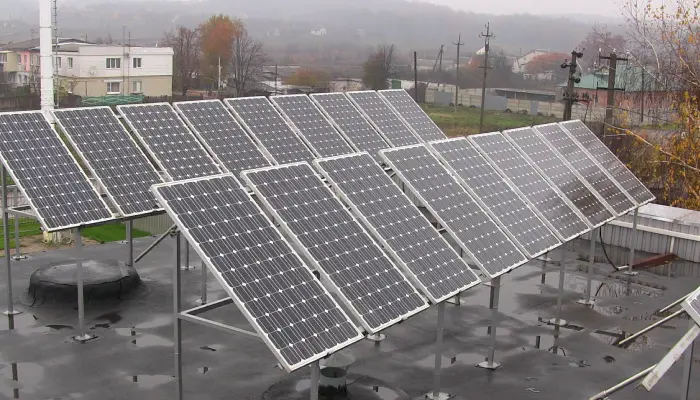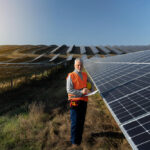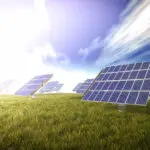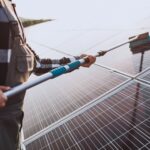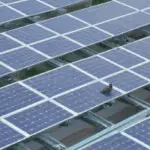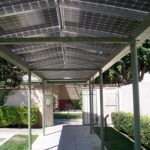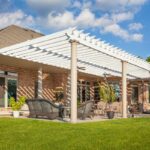A solar panel racking system, also known as a solar panel mount, is a structure that supports a solar panels on any flat surface, such as a roof or the ground. Rooftop solar racking system are generally less expensive since they may rely on the structural stability of the existing roof. Grounded solar racking systems, on the other hand, are easier to access & maintain, and they avoid the risks of working on roofs. In this post we are sharing every bit of information on the racking system for solar panels.
Types of Solar Panel Racking System
One of the most important areas of solar innovation is the Racking/ mounting system. Racking systems are a key component of solar arrays—they hold solar panels to the roof or the ground—and they’re perhaps the most competitive solar product industry . To help novice installers understand installation methods, we go over the fundamental categories of racking systems for both ground & roof.
Types of Rooftop Solar Racking System
Sloped Roof Racking Systems
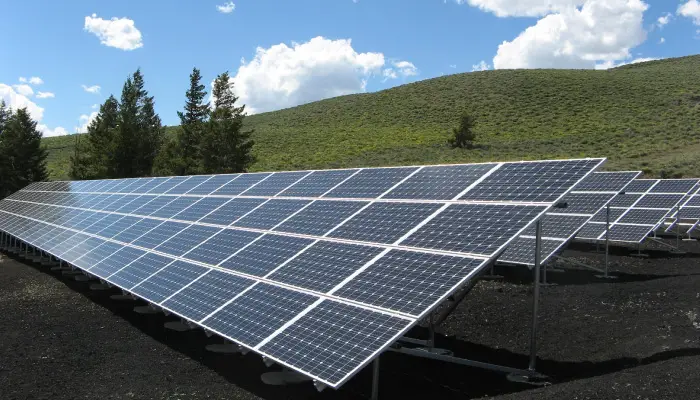
Solar panels are frequently seen on sloping rooftops in home solar systems or solar pergola. For these angled roofs, there are several mounting system alternatives, the most frequent of which are railed, rail-less, and shared rail. All of these solutions need some kind of roof penetration or anchoring, whether it’s to rafters or directly to decking.
Rails affixed to the roof support rows of solar panels in a typical home setup. Each panel is clamped to two rails and is normally positioned vertically/portrait-style. A sort of bolt or screw secures the rails to the roof, and flashing is added around/over the opening for a waterproof seal.
Flat Roof Racking Systems
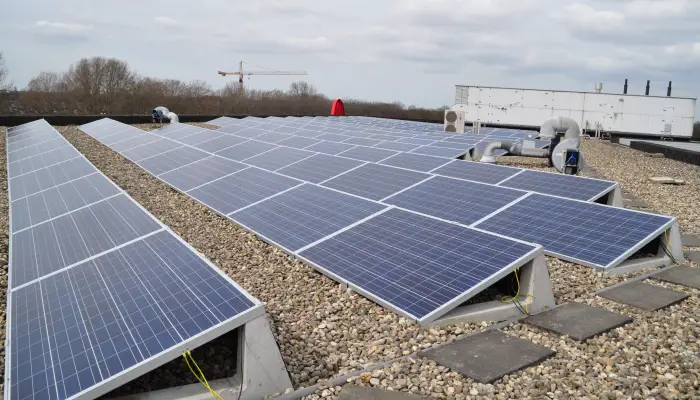
Solar panels for commercial and industrial use are frequently seen on huge flat rooftops, such as those found on big-box shops or manufacturing buildings. Although these roofs may have a modest incline, it is not nearly as severe as sloping residential roofs. Ballasted flat roof solar mounting systems with minimal penetrations are typical.
Flat roof mounting solutions are available in a range of configurations. While aluminium & stainless steel systems are still common on flat roofs, numerous plastic and polymer-based systems are becoming increasingly popular. Installation is simple and quick because of their low weight and moldable features.
Solar Shingles, Solar Pergola and BIPV
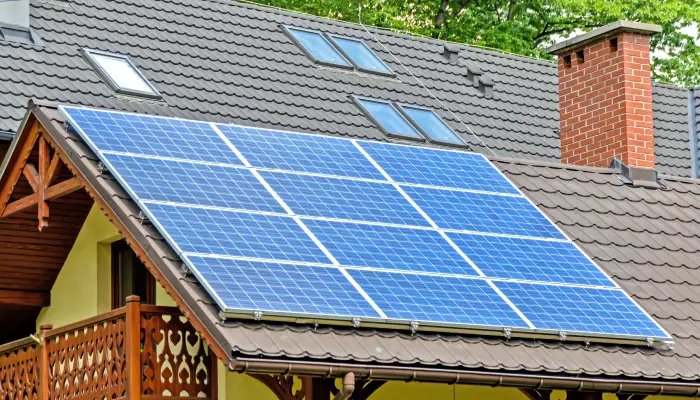
Solar shingles will grow more popular as the general public gets more interested in aesthetics and innovative solar setups. They are part of the BIPV (building-integrated PV) family, which means that solar is incorporated into the structure (generally known as solar pergola or solar patio cover). These solar devices do not require mounting systems since they are incorporated into roof & become part of the roofing structure.
Types of Racking System for Ground Solar
Tracking System
Tracking systems are used by developers and installers to optimize energy production. These motorized ground-mounts follow the path of sun throughout the day, ensuring that the panels are always facing the sun. Panels are bolted or fastened to racking tables in the same way that standard ground-mounts are, although there are numerous sorts of tracking systems.
Single-axis and dual-axis tracking systems are the two basic types of tracking systems. Single-axis tracking systems follow the sun from east to west, spanning panels in lengthy rows. For the best energy production, dual-axis tracking systems split tables of panels & follow the sun on a more circular route.
There are two types of motors in tracking systems. With a single motor, centralized trackers may move many rows of panels. One motor per row or table of panels is used in distributed trackers. Distributed systems utilize significantly more motors than centralized ones.
Carports and Canopies
Solar carports and canopies may be thought of as super-high ground-mounts. They’re widespread in commercial contexts, particularly schools and business campuses. Large steel beams support solar panels over reinforced concrete foundations. Carports can be built to cover single row of parking spaces, two rows, or as large as a project requires. Many carports may be outfitted with electric vehicle charging stations to provide an added benefit to vehicles sheltered beneath them.
Floating Solar Systems
Floatovoltaics, a type of solar panel that floats on water, has truly taken off in Asia and portions of Europe, and it’s starting to track down its direction to the United States. Numerous repositories and water treatment offices can profit from renting their water surfaces to sun powered designers. Albeit not actually moored to the ground, drifting sun powered clusters actually acquire attributes of ground-mounted sun based.
Floating systems are composed of a plastic material that connects to form a mat. Each float is molded into slanted form, allowing panels to be positioned at a comparable angle as flat roof systems. Floating systems are frequently built on land before being hauled out onto the water as more panels are installed. Shore mounts or floating anchors are used to secure the system.
Traditional Grounded Racking Systems
Ground-mounted solar systems are all fundamentally the same in that they attach to the ground and contain a large number of stacked panels, usually two but sometimes three or four panels high. Each panel is normally supported by two rails, whether it is positioned in landscape. Because there are so many types of foundations, anchoring to the ground is the most difficult element of these constructions.
Cost of Solar Panel Racking System

A typical 3kW solar system, including racking and installation, would cost around $8,600 on january 2022, based on the US average of roughly $2.85 per watt.
If you want to install solar tracking systems, it’s up to you and your energy demands, but in general, installing mounted solar panels will work for any home.
The easiest approach to figure out which solar panel mount option will work best for your roof is to consult with a qualified technician. If you’ve done some research on mount brands & have a preference, you may talk to your solar installer about it.
Components of Solar Panel Racking System
All Solar Panel Racking System are not created equal. However, most solar racking solutions have certain components in common:
Flashings
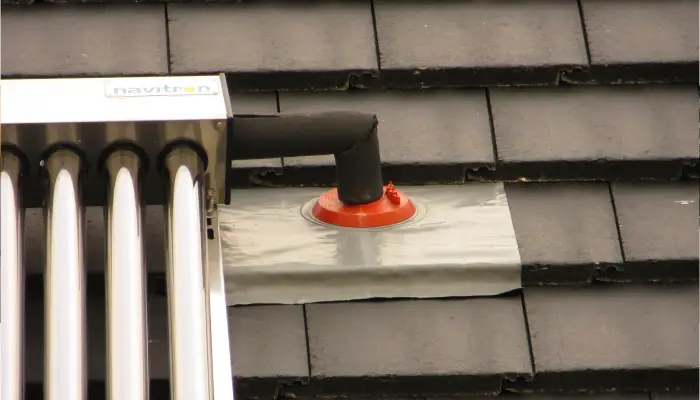
Solar panels installation on a roof requires drilling holes that, if not properly covered, are prone to leaking. Solar installers utilize flashing as part of their solar mounting solution to prevent water damage to your property.
Flashing is a material used to prevent water from leaking through your roof, and it is often in the shape of an aluminum rectangle. Flashing is installed beneath the shingles on a standard asphalt tile roof.
There are particularly designed flashings that fit distinctive shape of your roofing material for tile, metal, rubber, or wood roofs.
Mounts
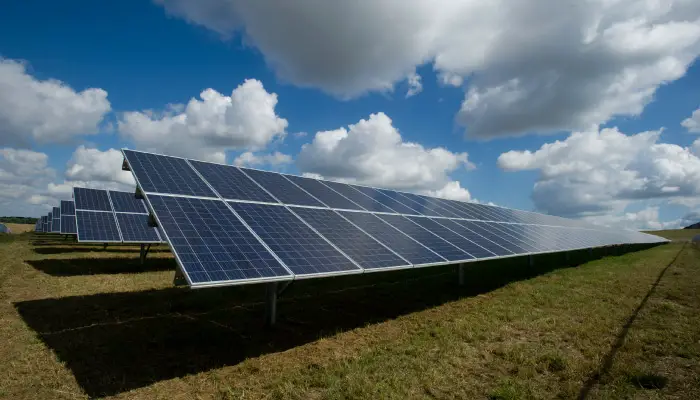
Mounts are used to secure solar panel installations to your roof. Also known as “feet,” are often secured to your roof using a bolt that passes through the flashing and into a rafter, anchoring the entire system.
Mounts come in a variety of shapes and sizes, and they’re utilized in a variety of racking systems. During an initial site visit, solar installers will require access to your attic or the bottom of your roof to ensure that your rafters are structurally sound and spaced adequately to allow the mounts for your solar panel system.
Rails
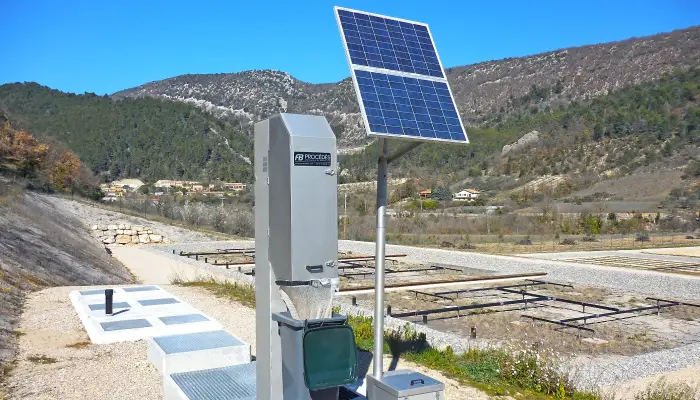
Rails, which are the component of solar racking that your solar panels lie directly on top of, are held up by mounts. They are usually lengthy aluminum rails that are put on your roof plane either vertically or horizontally.
Rail-less or shared-rail are two examples of alternative rail configurations to normal railroads. Rails also provide a clear space for your solar panel system’s wiring to be run behind the panels, which helps to reduce clutter and improve the safety and aesthetics of your installation.
Clamps
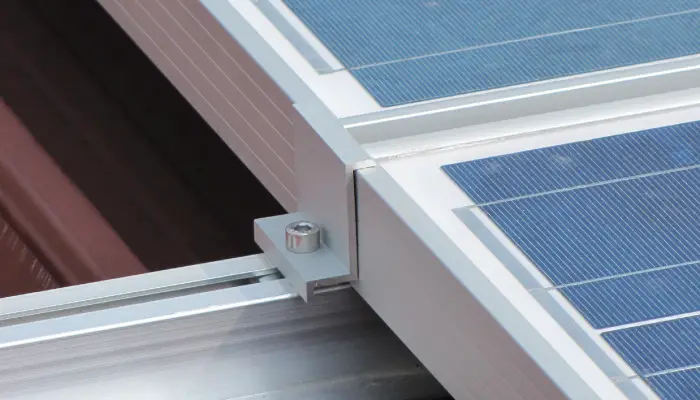
Installers use clamps to secure solar panels to the rails below in order to keep them in position on the racking. On a typical installation, installers will utilize both mid-clamps and end-clamps. Mid-clamps lie between solar modules and can hold panels in place on two sides, but end-clamps are often larger and sit at the ends of solar arrays.
How to Choose Best Solar Panel Racking System
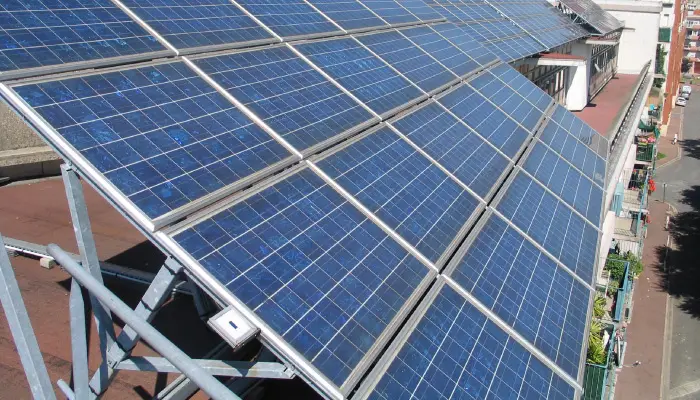
Solar energy system installation is a difficult process. With up to or more than a thousand pieces in a residential solar panel installation, finding the proper component parts might take a long period of researching what each item is and what it does.
Let’s have a look at best ways to choose the best racking system for solar panels:
Availability of space
The first step in determining which solar rack to use is to assess the amount of space available for solar panels in your home. Before you begin the selection process, you must first determine the square footage, whether on the roof, on the ground, or on a pole.
Measure the length and breadth of the area where the solar panels will be installed. If you’re building a solar energy system on your home’s roof, keep in mind that you’re only measuring the area of the roof that faces south (and not shaded by a 70 year old oak tree). You must deduct the area of the roof that has any obstacles, such as chimneys, skylights, or vents.
Dimensions of the Solar Panel
The length and breadth of the solar module you’ll be utilizing will be measured next. Each house solar panel has its own set of measurements, so look over the specification sheet for the solar modules you’re thinking about buying. Once you have the dimensions, write them down on a piece of paper so you can figure out how much rail you’ll need for installation.
We’ll take one of SolarTown’s most popular solar modules, which has a width of 39.4 inches and a length of 65 inches, as our example. We’ll round up to 40 inches each module for the breadth. We’re anticipating that the panels will be positioned side by side in a portrait orientation for this installation.
Number of Solar Panel
The next step is to figure out how many solar modules we’ll need to install at our location. Keep in mind that different solar mounts are utilized for different applications: roof racking system, ground racking system & pole racking system.
Solar Rail Selection
You are now ready to choose the rails at this point in the installation. You’ve previously determined where the roof supports are located and that your roof is capable of supporting the additional weight of the panels. Roof rafters are spaced 16 inches apart, while standoffs, which are stakes fastened to the roof rafters, are placed up to 48 inches apart. If the construction of your roof is unusual, you should see an engineer.
We need to know the aggregate width of the panels in a portrait layout to choose the correct rail.
Choosing the Clamps
The last step is to choose the clamps that lock the modules to the frame once you’ve calculated how many panels your site can take and the rails required to support the panels.
The majority of the modules are between 1.00″ and 2.00″ thick. Clamps come in a variety of sizes, and it’s all about the details! Examine the mechanical specifications on your module spec sheet and make a note of the panel thickness. Then, to keep the panels in place, use an end-clamp and a mid-clamp or a cap strip.
End clamps go on the array’s outer borders, while mid clamps go between the columns of panels. A cap strip is an alternative to a clamp that offers the array a more streamlined appearance.

